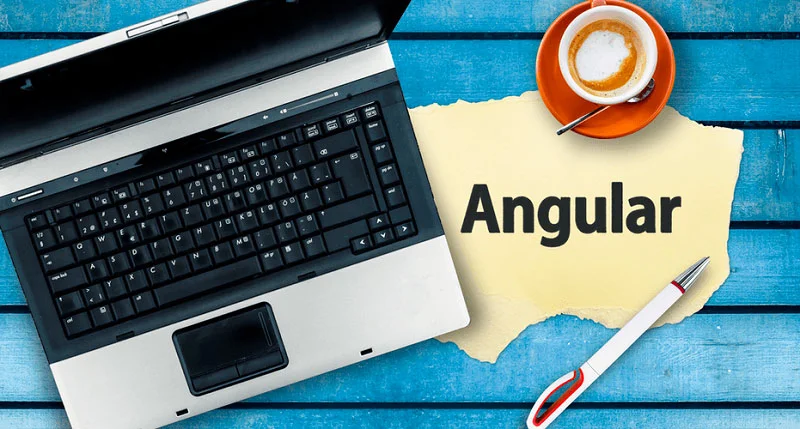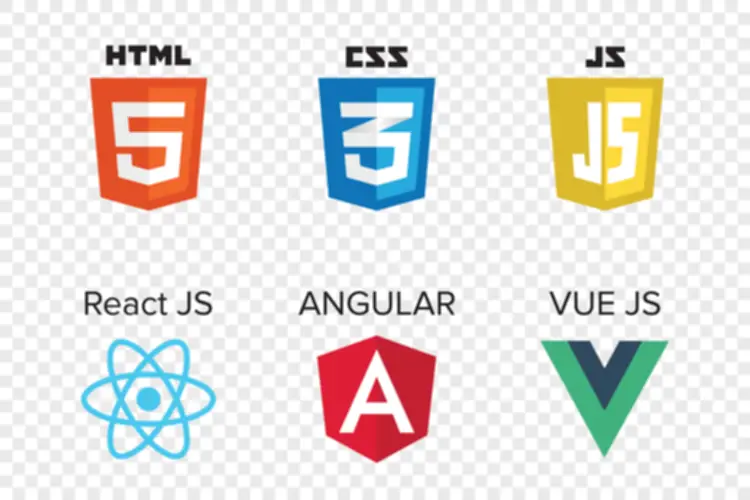Thus, it Sensor fusion performs a critical role in numerous synthetic intelligence applications, starting from robotics and autonomous autos to good cities and the Web of Issues (IoT). Typically, firms pay tens of millions of dollars to send sensor knowledge to buildings full of AI Agents people who visually examine the information and identify issues similar to pedestrians, cars, and lane markings. Many corporations are investing closely in automated labeling that might ideally get rid of the need for human annotators, but that expertise just isn’t yet possible. As you may think, sufficiently growing that technology would greatly cut back testing embedded software that classifies knowledge, leading to much more confidence in AVs. Autonomous compute platform suppliers could make use of their very own silicon design, particularly for specific NN accelerators.
Concept Of Sensor Fusion And Its Types
From the software program perspective, combining reinforcement learning (RL) strategies with supervised studying algorithms could help to reduce computational power, training data requirements, and training time. In conclusion, state estimation and sensor calibration are key ideas in sensor fusion that contribute to the creation of an accurate and dependable representation of the environment. State estimation strategies, such as the Kalman filter, help to foretell and update the system’s state primarily based on obtainable sensor data, while sensor calibration ensures that the info from different sensors is constant and could be effectively mixed.
As of this writing, most Level 4 car compute platforms run one thing akin to the Robot Operating System (ROS) on a Linux Ubuntu or Unix distribution. Most of these implementations are nondeterministic, and engineers recognize that, so as to deploy safety critical autos, they must ultimately undertake a real-time OS (RTOS). Nevertheless, ROS and comparable robot middleware are excellent prototyping environments because of their vast quantity of open source tools, ease of getting started, large online communities, and data workflow simplicity. This project demonstrated the effective use of computer imaginative and prescient methods, management algorithms, and the YOLOv5 mannequin in growing an autonomous navigation system. Regardless Of AI in Automotive Industry the challenges faced, the project was profitable in attaining its goals and contributed to the sector of autonomous navigation.
2 Lidar
The coloured points in the point clouds visualization represent LiDAR point cloud data and white factors characterize radar level cloud knowledge. Several false-positive radar detections are highlighted by the gray rectangle, situated at roughly 5–7 m from the radar sensor. The radar sensor in current setup is in short-range mode (maximum detection range is 19 m); therefore, the site visitors cone situated at 20 m just isn’t detectable. The sensing capabilities of an AV using a diverse set of sensors is an essential element within the overall AD system; the cooperation and performance of these sensors can directly decide the viability and security of an AV 16.
- This resolution is predicated on LiDAR, digital camera, inertial measurement unit (IMU) and CAN-bus knowledge, enabling operation in world navigation satellite tv for pc system (GNSS) denied areas such as in a tunnel.
- In practice, the LLF method comes with a mess of challenges, not least in its implementation.
- It’s important to include functional test and scale the number of take a look at sources appropriately, with corresponding parallelism or serial testing capabilities.
- For instance, putting a yield check in an intersection can change the habits of the approaching vehicles.
- These disparities can result in knowledge misalignment, elevated complexity, and lowered general system efficiency.
It requires exact extrinsic calibration of sensors to precisely fuse their perceptions of the setting. The sensors must also counterbalance ego-motion (3D motion of a system within an environment) and be temporally calibrated 180. In functions like autonomous autos or robotics, centralized fusion could be an efficient strategy, because it permits the system to make decisions based on a comprehensive view of the surroundings. For example, a self-driving automotive geared up with cameras, lidar, radar, and ultrasonic sensors can send all sensor knowledge to a central laptop, which then processes the information and determines the car’s position, velocity, and surrounding obstacles. In latest years, deep studying algorithms have emerged as a strong software for sensor fusion, enabling the mixing of multi-sensor knowledge to attain extra complex perception tasks2223. Strategies such as Convolutional Neural Networks (CNNs) are fundamental in processing and analyzing pictures for tasks like object recognition, lane detection, and studying street signs24.

These parameters are anticipated to be consistent once the intrinsic parameters are estimated 120. It is understood through private communication that Velodyne LiDARs are calibrated to 10% reflectivity of the Nationwide Institute of Requirements and Know-how (NIST) targets. Therefore, the reflectance of the obstacles under the 10% reflectivity rate will not be detected by the LiDAR 121.
Sensor fusion techniques merge data from World Navigation Satellite Tv For Pc Techniques (GNSS), cameras, LiDAR, and different sensors to realize extremely accurate positioning and mapping capabilities2530. This multi-sensor method addresses the restrictions that particular person sensors might face, similar to GNSS inaccuracy in city canyons or LiDAR performance in adverse weather conditions, thereby making certain reliable navigation. A cornerstone within the sensor fusion landscape, Kalman Filters, are used extensively for information fusion to estimate the state of a dynamic system.

For occasion, by fusing knowledge from all of the sensors, the network can present a extra correct and reliable estimate of the air high quality index, even when a few of the sensors are noisy or malfunctioning. In conclusion, sensor fusion techniques like centralized, distributed, and hybrid fusion present totally different trade-offs in terms of complexity, scalability, and robustness. Selecting the appropriate technique is dependent upon the particular application and its requirements, as well as the available computational and communication sources. However, multi-sensor methods are generally factory-calibrated, and external factors like temperature and vibrations can affect their accuracy19. From a mathematical perspective (Figure 7), the model entails a 3D camera coordinate system and a 2D image coordinate system to calibrate the camera utilizing a perspective transformation methodology 134,135.
It employs a query-based Modality-Agnostic Characteristic Sampler (MAFS), along with a transformer decoder with a set-to-set loss for 3D detection. This avoids using late fusion heuristics and post-processing tips, but it requires substantial computational power. This part elaborates on the great methodology adopted for enhancing autonomous driving perception through depth-based notion. The calibration uses the inside vertex factors of the checkerboard pattern; thus, the checkerboard in (a) will utilize the 6 × 9 inside vertex factors (some of which are circled in red) during calibration. The calibration uses the data from circles (or “blobs” in image processing terms) detection to calibrate the digital camera. Different planar patterns embody symmetrical circular grid and ChArUco patterns (a mixture of checkerboard sample and ArUco pattern) 128,137,141.
In some instances, sensor fusion algorithms can incorporate calibration knowledge and even carry out online calibration to adapt to changing sensor conduct throughout operation. To illustrate the applying of the Kalman filter, consider an autonomous automobile trying to estimate its position utilizing GPS measurements. GPS measurements are typically subject to various sources of noise, corresponding to atmospheric effects and multipath interference. By making use of the Kalman filter, the car can mix the noisy GPS measurements (Kalman Update) with its inner model of motion (Kalman Prediction), resulting in a extra correct and dependable estimate of its place. This improved place estimate can then be used for navigation and control functions, enhancing the general performance of the autonomous vehicle. Hybrid fusion is a sensor fusion method that mixes parts of both centralized and distributed fusion.
It outputs a change matrix (P) that can be utilized to remodel the detections from the supply reference frame to focus on reference frame and the poses of the sensor with respect to the parent hyperlink for visualization (in ROS). They compared the PSE, MCPE, and FCPE joint optimization outcomes based https://www.globalcloudteam.com/ on a quantity of variables, such because the required number of calibration board locations and the MCPE reference sensor alternatives. The outcomes reveal that the FCPE joint optimization supplied higher efficiency than both MCPE and PSE when employing greater than five board locations. A detailed dialogue of every joint optimization configuration and its algorithm, and the geometry of the calibration board are beyond the scope of this paper (see 146,147 for a extra comprehensive overview).